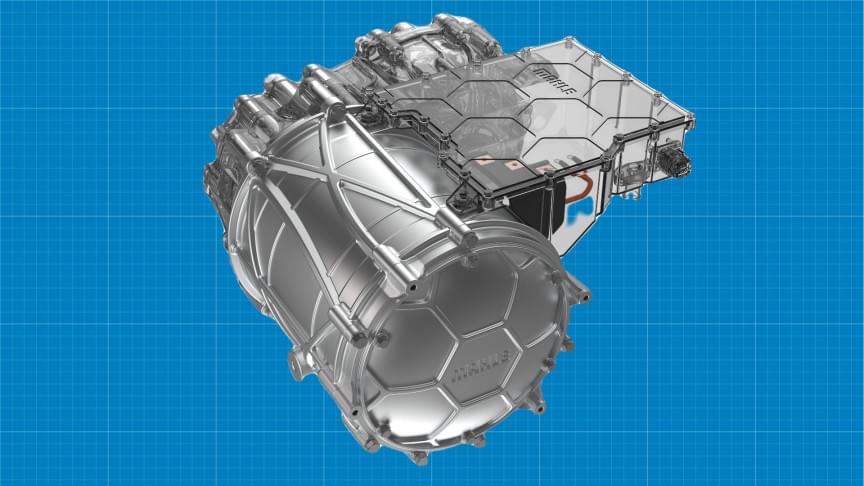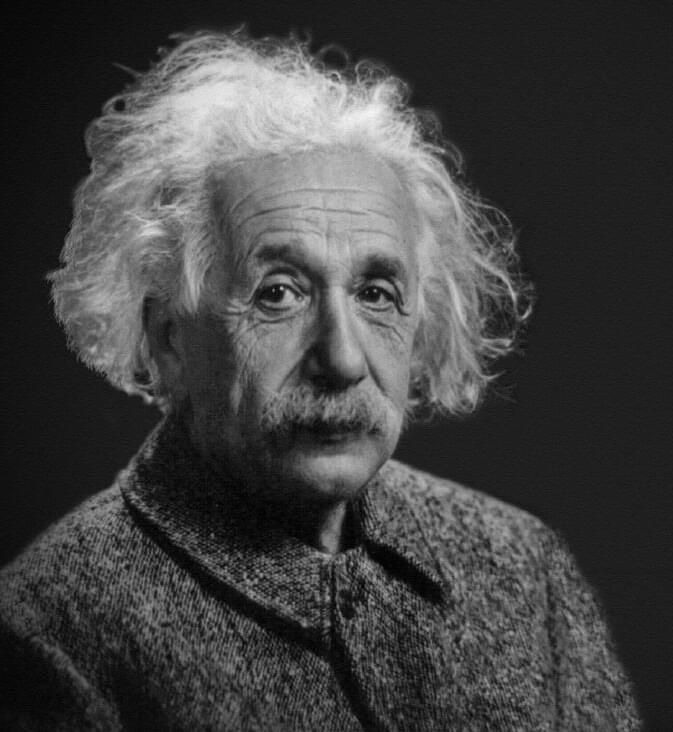Jump to content.



In order to come up with their design, MAHLE said it used a state-of-the-art simulation process that allowed it to adjust and combine the parameters of different motor designs incrementally in order to settle on the optimal solution. The company says this new method allows it to “quickly create the necessary technical conditions in order to advance e-mobility in a sustainable manner worldwide.”
Though the new motor design was conceived using the very latest simulation processes, the inception of induction motors dates back to the 19th century when they were invented by Nikola Tesla. A new electric vehicle development, EV-charging roads, similarly builds on the inventor’s early work on alternating currents.

Researchers from the Institute of High Energy Physics of the Chinese Academy of Sciences examined the validity of the theory of relativity with the highest accuracy in a study entitled “Exploring Lorentz Invariance Violation from Ultrahigh-Energy γRays Observed by LHAASO,” which was published in the latest issue of Physical Review Letters.
According to Einstein’s theory of relativity, the fastest speed of matter in the Universe is the speed of light. Whether that limit is breachable can be tested by examining Lorentz symmetry breaking or Lorentz invariance violation.
“Using the world’s highest energy gamma rays observed by the Large High Altitude Air-shower Observatory (LHAASO), a large-scale cosmic ray experiment in Daocheng, Sichuan province, China, we tested Lorentz symmetry. The result improves the breaking energy scale of Lorentz symmetry by dozens of times compared with the previous best result. This is the most rigorous test of a Lorentz symmetry breaking form, confirming once again the validity of Einstein’s relativistic space-time symmetry,” said Prof. Bi Xiaojun, one of the paper’s corresponding authors. Prof. BI is a scientist at the Institute of High Energy Physics and a member of the LHAASO collaboration.

On Monday in Washington, D.C., an agreement was signed between American company NuScale Power and the Polish KGHM mining company to build nuclear reactors in Poland.
“We decided that Poland’s strategic partner in nuclear energy will be the United States and American companies. Both in building a conventional, large nuclear power plant, as well as introducing Small Modular Reactors (SMR),” Deputy Prime Minister and Minister of State Assets Jacek Sasin said during his visit to Washington.
He added that there were hopes that the first reactors will be able to start operating within the next seven to eight years.

A Black-owned tech firm based in Miami, Florida, has begun manufacturing self-driving vehicles called JéGO Pods. The firm will start releasing the pods in late 2022 and will be used to mobilize healthcare services.
JéGO Technologies Inc is founded by Frederick Akphoghene, a Nigerian immigrant, who started his career in tech as early as 16. Since he started his journey, he has built and partnered with hundreds of companies and startups including Abovav Technologies and Oddio Tribe Holdings.
According to Akphoghene, the purpose of his company is to use its mobile platform to connect users with businesses that provide on-demand services like Flu Testing, COVID testing, IV therapy and other services which can be brought directly to customers using driverless JéGO pods.


There is a cyborg organoid platform developed by integrating “tissue-like” stretchable mesh nanoelectronics with 2D stem cell sheets. Leveraging the 2D-to-3D reconfiguration during organoid development, 2D stem cell sheets fold and embed stretchable mesh nanoelectronics with electrodes throughout the entire 3D organoid. The embedded electronics can then enable continuous electrical recording.
Scientists design stretchable mesh nanoelectronics, mimicking the mechanical and structural properties of brain organoids to build cyborg human brain organoids.
Using the 3D embedded stretchable electrodes, achieved reliable long-term electrical recording of the same hiPSC-derived neural tissue at single-cell, millisecond spatiotemporal resolution for 6 months, revealing the evolution of the tissue-wide single-cell electrophysiology over hiPSC-derived neuron development. Applying this technology to brain organoids at early developmental stages, they traced the gradually emerging single-cell action potentials and network activities.
#biomimicry #meshelectronics #hiPSC #neurallace #neuroscience
Building cyborg brain organoids through the integration of stretchable mesh nanoelectronics with human induced pluripotent stem cell derived progenitors and neurons through organogenesis is reported…
SpaceX is gearing up to launch the Starship into orbit, the biggest test yet for the ship designed to send humans to Mars and beyond.


U.S. startup Geoship have created ‘dome homes’ which last up to 500 years and are resistant to fire, floods, earthquakes and hurricanes.
Made of earth-friendly bioceramic, Geoship’s geodesic domes envision a new future for humanity.
Although no images of the built domes have been released yet, Geoship has shared these renders of what the dwellings could look like.